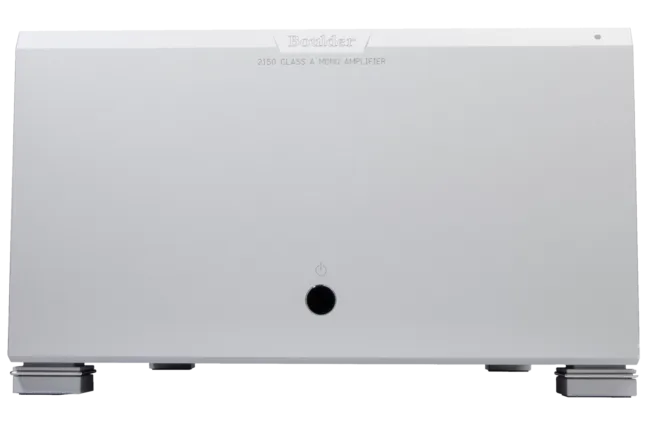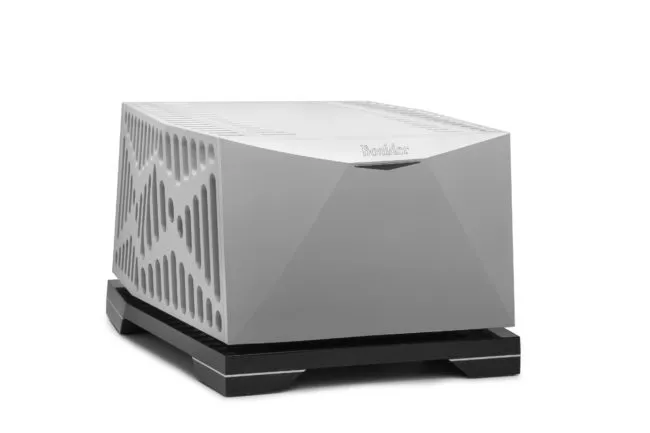Power amplifiers mono — Boulder 1151
Description, images, technical data and specifications
Boulder 1151
Image source — © Boulder
Boulder 1151 is capable of driving almost any speaker system on the market. The amplifier is capable of delivering 350 W per channel at 8 Ohm, 600 Ohm at 4 Ohm and 750 Ohm at 2 Ohm load.
Specifications
Model name
1151
Input sensitivity (mV)
N/A
Input impedance (balanced) (Ω)
200 000
Input impedance (single-ended) (Ω)
100 000
Output impedance (balanced) (Ω)
N/A
Output impedance (single-ended) (Ω)
N/A
Max current (A)
N/A
Output power (8Ω) (W)
350
Output power (4Ω) (W)
600
Gain (dBu)
26
Frequency response low +/- 3dB (Hz)
0.015
Frequency response high +/- 3dB (Hz)
150 000
Signal to Noise Ratio (dB)
N/A
Total Harmonic Distortion + Noise (0% global feedback) (%)
N/A
Total Harmonic Distortion + Noise (100% global feedback) (%)
0.002%, 20kHz 0.01% (8 Ohms)
Max power consumption (W)
N/A
Damping factor
N/A
Dimensions (mm)
N/A
Weight (kg)
24.5
Official link
Related content
More components

Power amplifiers mono
Boulder 2150

Power amplifiers mono
Boulder 3050


